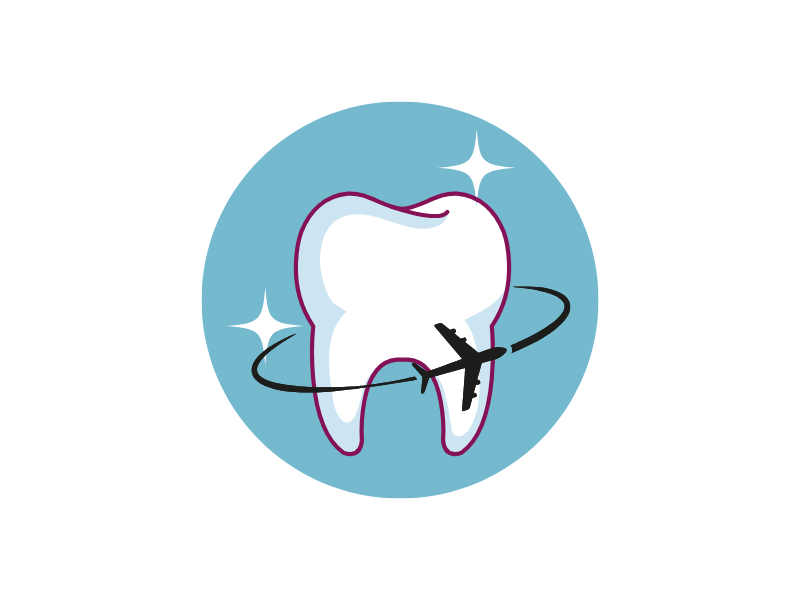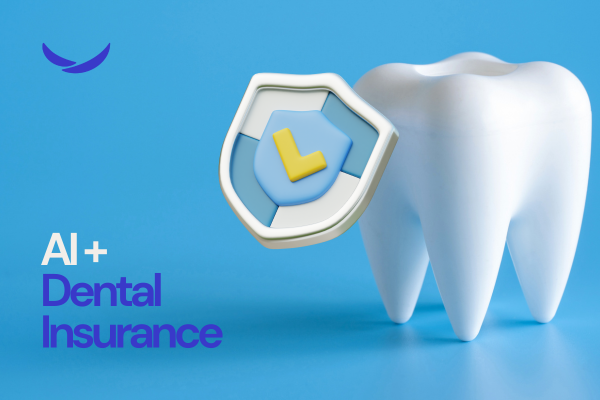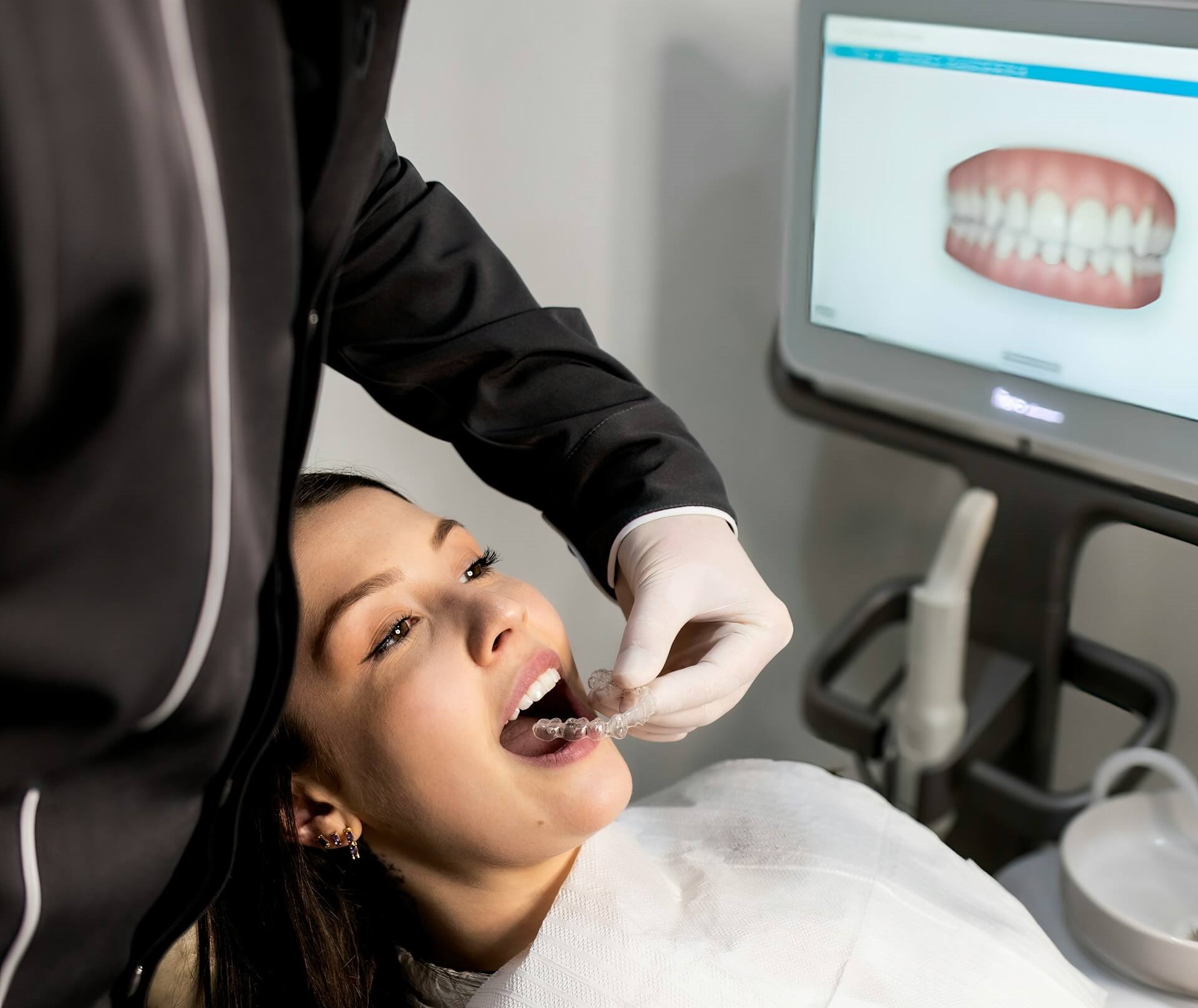In this post, we’ll explore how AI-driven integration of multi-source dental data is revolutionizing the industry, delivering enhanced transparency, operational efficiency, and personalized care—all while upholding robust ethical standards.
The Power of Multi-Source Data Integration
Modern dental insurance is no longer built on a single stream of data. Today’s AI systems harmonize diverse information—from clinical imaging and treatment histories to biometric markers and socioeconomic factors—to create a comprehensive view of patient care. This multi-source data ecosystem includes:
- Clinical Data: Intraoral scans, radiographs, and treatment plans from electronic health records.
- Claims History: Authorization requests, procedure codes, and reimbursement patterns.
- Biometric Data: Salivary biomarkers, genetic profiles, and microbiome analyses.
- Behavioral Data: Oral hygiene habits captured by smart devices.
- Socioeconomic Factors: Geographic, income, and access-related data.
- Provider Metrics: Treatment success rates and complication statistics.
- Market Data: Regional pricing and material cost variations.
By processing 3D radiographic volumes, unstructured clinical notes, and real-time sensor feeds, AI systems are setting new benchmarks in accuracy and efficiency.
Boosting Transparency with Real-Time Claims Adjudication
Did you know? AI-powered systems can now offer immediate coverage determinations during treatment planning. These innovative platforms:
- Compare Procedures Against Clinical Guidelines: Ensuring treatments align with evidence-based protocols.
- Analyze Historical Claims Data: Identifying potential patterns of over-treatment or discrepancies.
- Generate Explainable Reports: Offering detailed rationales for coverage decisions with real-time cost estimates.
This means patients receive clear, itemized breakdowns of insurer contributions and out-of-pocket expenses—transforming the traditional opacity of dental insurance into a model of transparency.
Crushing Fraud with AI-Enhanced Detection
Fraud in dental insurance not only drives up costs but also undermines trust. AI is proving to be a powerful ally in the fight against fraudulent claims by leveraging multimodal analysis:
- Image Duplication Detection: Advanced hashing algorithms flag reused radiographs across claims.
- Treatment Anomaly Detection: Graph neural networks spot deviations from standard procedure mixes.
- Beneficiary Clustering: Unsupervised learning identifies unusual patient-sharing patterns among providers.
Studies have shown that these AI systems can reduce fraudulent payments by up to 80%, protecting both insurers and patients from the hidden costs of fraud.
Achieving Operational Efficiency
Efficiency isn’t just a buzzword—it’s a necessity. Traditional prior authorization processes that took days can now be completed in mere seconds with AI. Here’s how:
- Automated Clinical Validation: AI cross-checks treatments against hundreds of policy rules.
- Instant Provider Verification: Credentials and network status are confirmed in real time.
- Seamless Benefit Balance Checks: Automated systems ensure patients are informed about their coverage limits.
These advancements not only slash administrative costs but also dramatically reduce patient treatment delays, creating a smoother experience for everyone involved.
Personalization: Tailored Dental Insurance for Everyone
Personalized insurance isn’t a futuristic dream—it’s here now. By employing adaptive learning algorithms, insurers can:
- Customize Coverage Plans: Adjust benefits based on individual health trajectories and risk profiles.
- Incentivize Preventive Care: Dynamic models predict future dental needs and offer targeted preventive measures.
- Engage Patients Proactively: Smart devices and apps provide real-time coaching on oral health, leading to better compliance and lower claim rates.
Early implementations of these adaptive systems have resulted in significantly higher plan retention rates, as patients feel their unique needs are truly understood and met.
Balancing Innovation with Ethics
As we embrace AI, ensuring algorithmic fairness and protecting patient privacy are paramount. Modern dental insurance platforms are incorporating:
- Bias Auditing Frameworks: Regular assessments to identify and mitigate representation and allocative biases.
- Inclusive Model Development: Collaborative efforts that include community advisory boards and multilingual patient interfaces.
- Privacy Preservation Techniques: Cutting-edge solutions like homomorphic encryption and blockchain-based consent management ensure that sensitive data remains secure.
These measures create a trusted environment where technological innovation and ethical responsibility go hand in hand.
A Roadmap to the Future
The journey to revolutionize dental insurance with AI isn’t just about technology—it’s about creating a collaborative ecosystem that includes:
- Regulatory Advances: New policies mandating third-party audits and promoting interoperable data exchange standards.
- Workforce Transition Programs: Training initiatives to upskill claims adjusters and dental professionals for the AI era.
- Cross-Sector Collaboration: Bringing together technologists, clinicians, and policymakers to design systems that prioritize both patient welfare and sustainable business practices.
This integrated approach is paving the way for an industry transformation that benefits all stakeholders.
Conclusion
The integration of AI-driven multi-source data is set to redefine dental insurance—offering unprecedented transparency, efficiency, and personalization while rigorously safeguarding ethical standards. With claims processing speeds boosted by up to 50%, fraud reduced by nearly 80%, and patient satisfaction on the rise, the future of dental insurance is not just bright—it’s smart.
Are you ready to join the revolution? Stay tuned as we continue to explore the cutting-edge innovations shaping the future of dental care.














